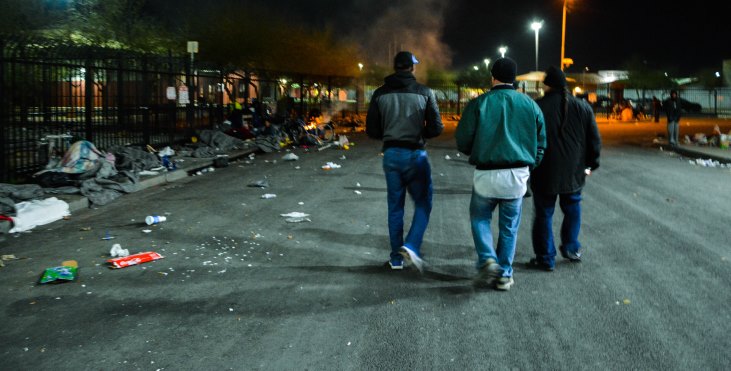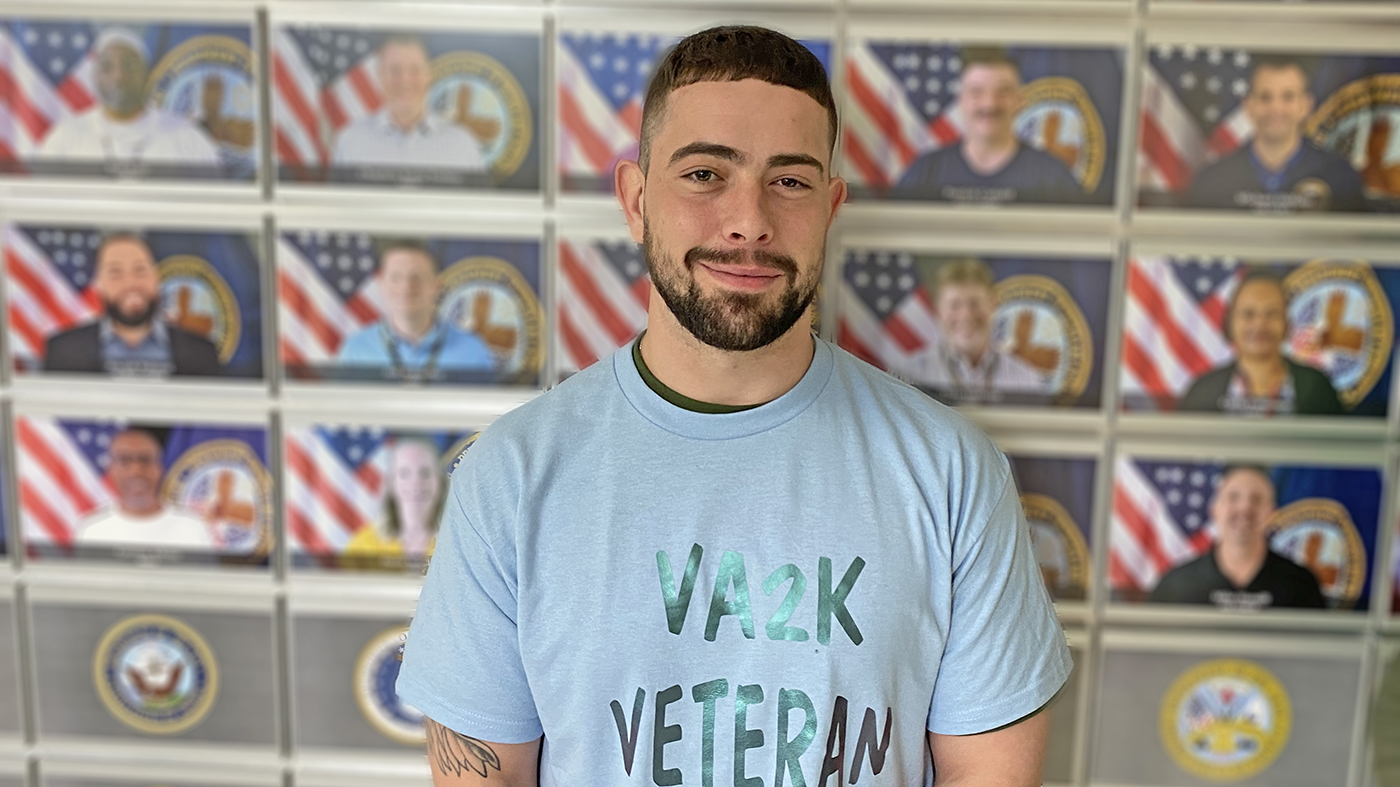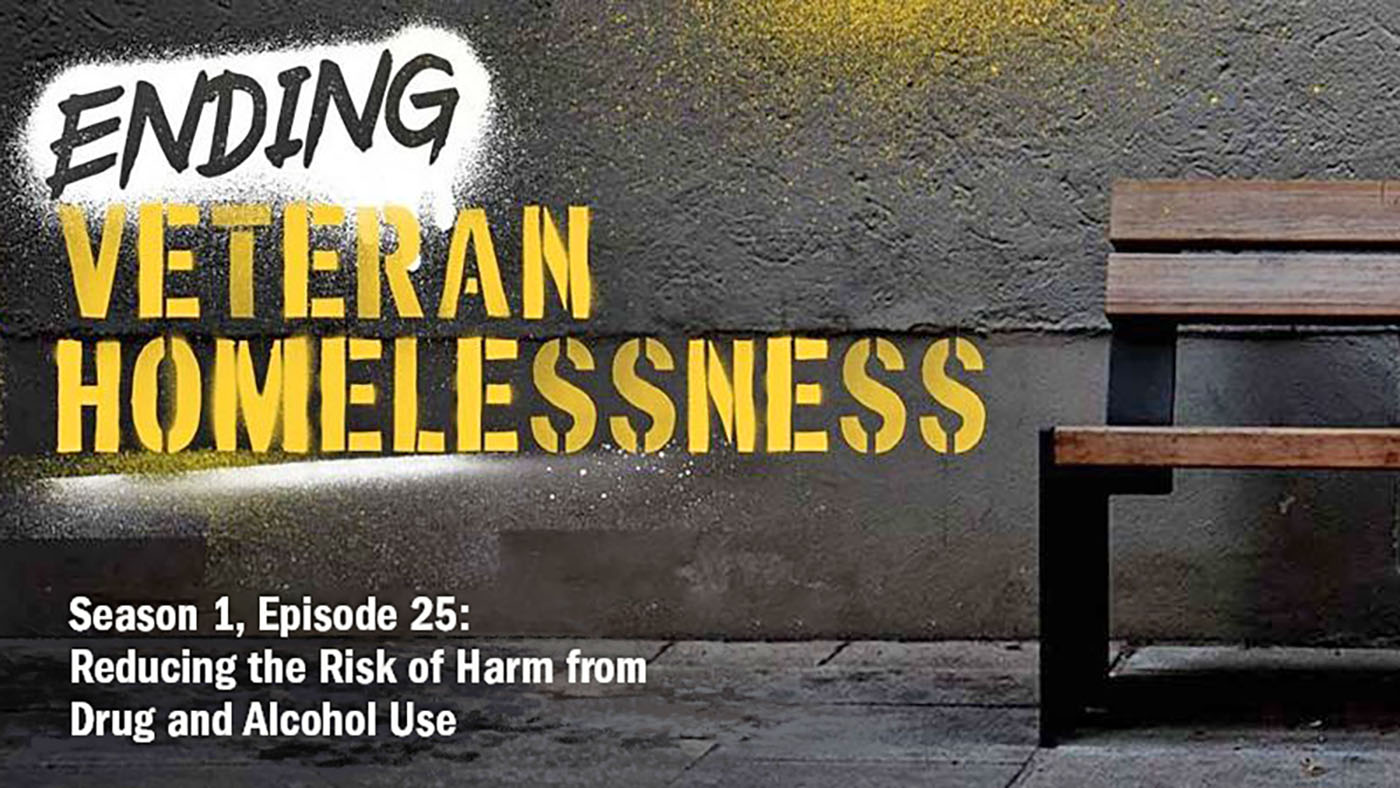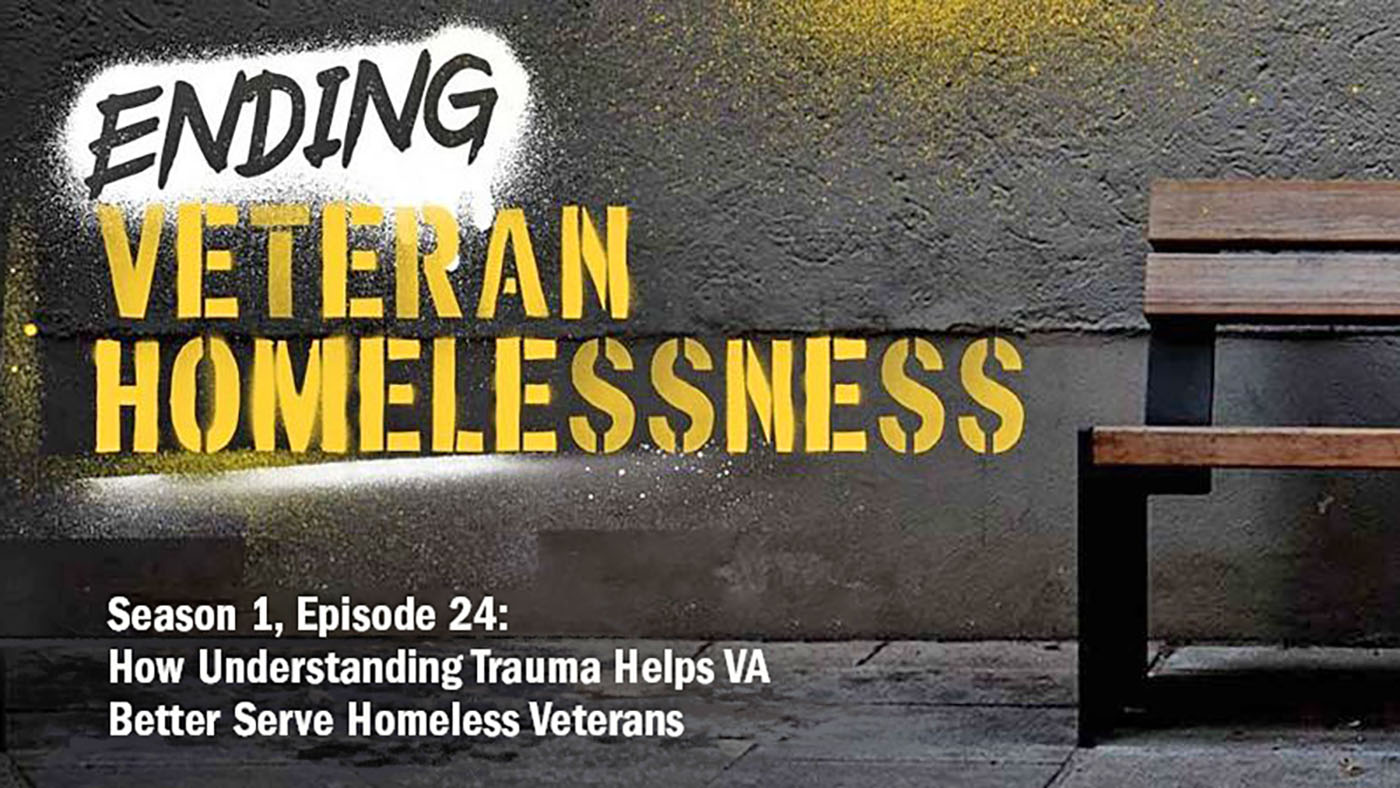Employees from the Phoenix VA’s Community Resource and Referral Center (CRRC) participated with local, state and federal agencies Jan. 23 in the U.S. Department of Housing and Urban Development’s (HUD) annual effort to estimate the number of Americans, including Veterans, who are without safe, stable housing.
“It’s part of our continuum of care to canvas the community for any Veteran, so they can identify trends and areas where they need to focus resources for funding,” said Jeff Willgale, health care for homeless Veterans coordinator. “A continuum of care is a group of local organizations and government agencies that work together and collaborate to see how best to use resources. The national VA has really been pushing, encouraging and advising the VAs across the nation to collaborate with their continuums of care. This is one of the many strategies we’re already doing to find homeless Veterans.”
The center sent teams to strategic locations throughout the Phoenix Metropolitan Area. The team began their day at 4 a.m. talking to homeless Veterans in downtown Phoenix near the Central Arizona Shelter Services.
“Conducting the Point-in-Time count was certainly a humbling experience to see the plight so many are suffering,” said Michal Welsh, Phoenix VA Health Care System associate director, said.
Clipboards and flashlights in hand, the team moved through one of Phoenix’s most densely populated areas of homeless talking to Veterans and asking them if they needed immediate attention while providing them a list of resources. VA participants made continuous trips throughout the day to bring Veterans back to the center.
Penny Miller, the resource and referral center’s coordinator, said they serve as the hub for the Veterans’ homeless program, and act as the entry point for any Veteran in need of prevention services. Her team works with outside agencies 365-days-per-year to help identify Veterans in need. The outreach teams are comprised of a peer, formally homeless Veteran, and an addiction specialist or social worker who engages with homeless Veterans.
“The peer sometimes has lived in that Veteran’s shoes,” Willgale said. “One of the things the peers do is help the Veteran identify the barriers that are blocking them from coming in the door or getting permanent housing.”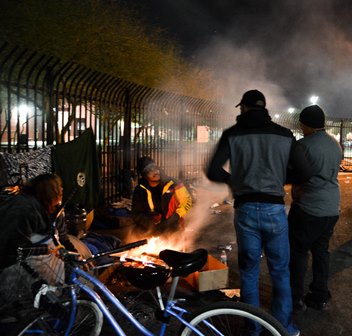
Willgale said it’s difficult finding homeless Veterans, but the Phoenix VA and their continuum of care has developed a system to identify any Veteran utilizing non-profit, local, state or federal homeless programs.
“Anytime a Veteran comes into our community partners’ door and registers we can see where they are using community resources,” Willgale said. “Then, the CRRC can dispatch a team to those areas and do outreach in those areas to find the Veteran.”
The center is specifically designed to engage Veterans with peers and has employment, medical, mental health and addiction services onsite for Veterans. Community partners are also onsite throughout the week to offer their services.
Veterans are identified as a special population among homeless by HUD. There were 553,742 homeless in the 2017 count, and 9 percent of them were Veterans.
“We are winning the fight with the staff that do this work every day,” Welsh said. “They are amazing, dedicated and so caring. This is such an important outreach event.”
To learn more about the VA Homeless Veterans program, please visit: https://www.va.gov/HOMELESS/.
Topics in this story
More Stories
Eoighin McGilligan’s transition didn’t turn out as planned... he and his five children were nearly homeless, twice.
On the Ending Veteran Homelessness podcast, learn how the harm reduction approach to substance use can help homeless Veterans.
A unique program at Boston VA uses the principles of trauma-informed care to serve homeless Veterans with empathy and understanding.

